The Super Heavy rocket attached to the Starship spacecraft was launched at around 7:25 a.m. on October 13 (local time) from SpaceX's Starbase in Boca Chica, Texas (USA), according to CNN.
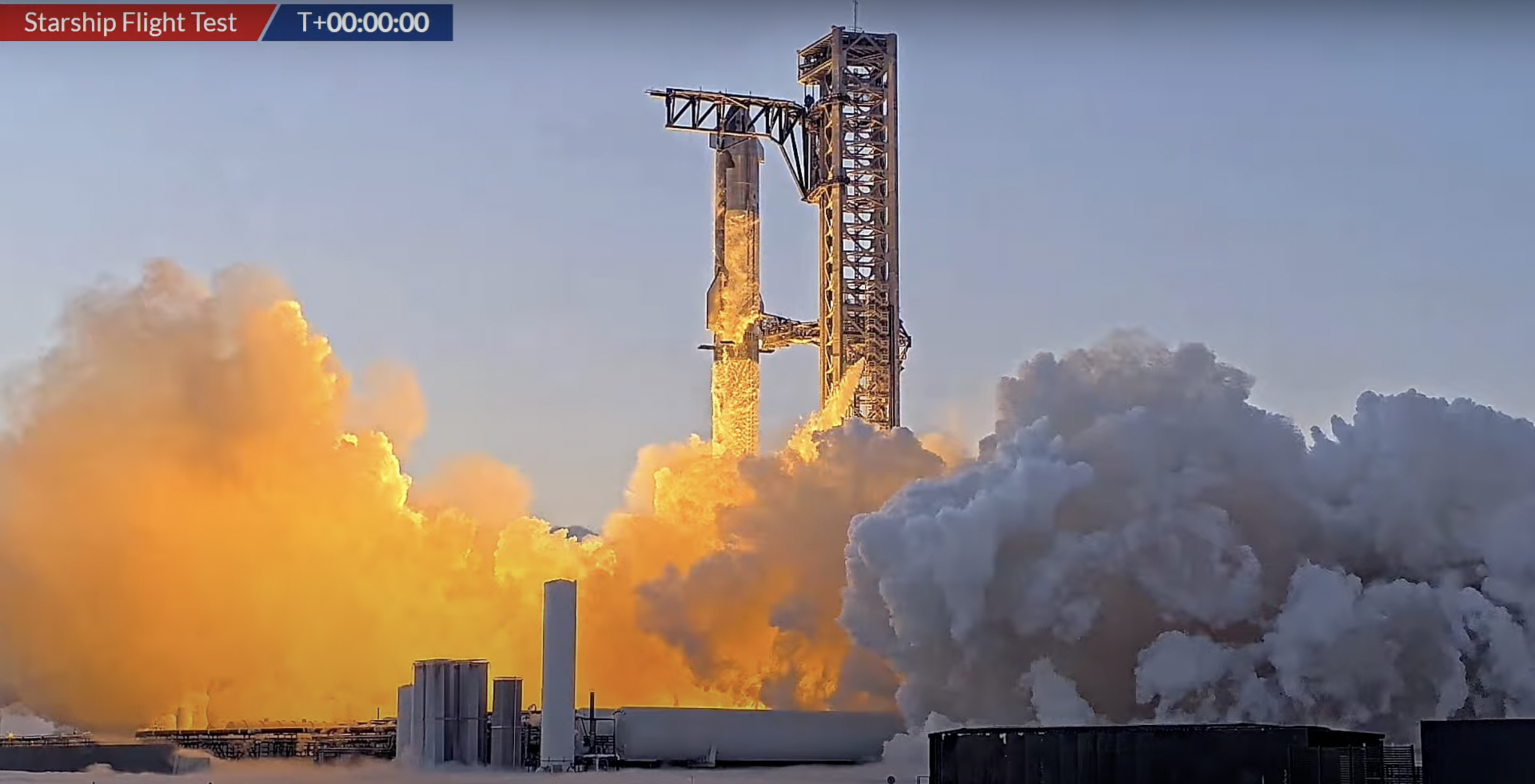
The moment the Starship spacecraft and Super Heavy rocket were launched on October 13
After launch, the booster runs out of fuel and separates from the spacecraft. Starship then fires its own engines and continues flying while Super Heavy returns to the ground.
The Super Heavy rocket separated from the Starship at an altitude of about 74 km. The rocket's height is 71 m while including the spacecraft it is 121 m.
This was the first time SpaceX had successfully tested the Super Heavy landing. The booster, which is taller than a 20-story building, landed successfully on the launch tower and was grabbed by two giant robotic arms (also known as chopsticks). "This is absolutely insane!" SpaceX engineer Kate Tice shouted on live video .
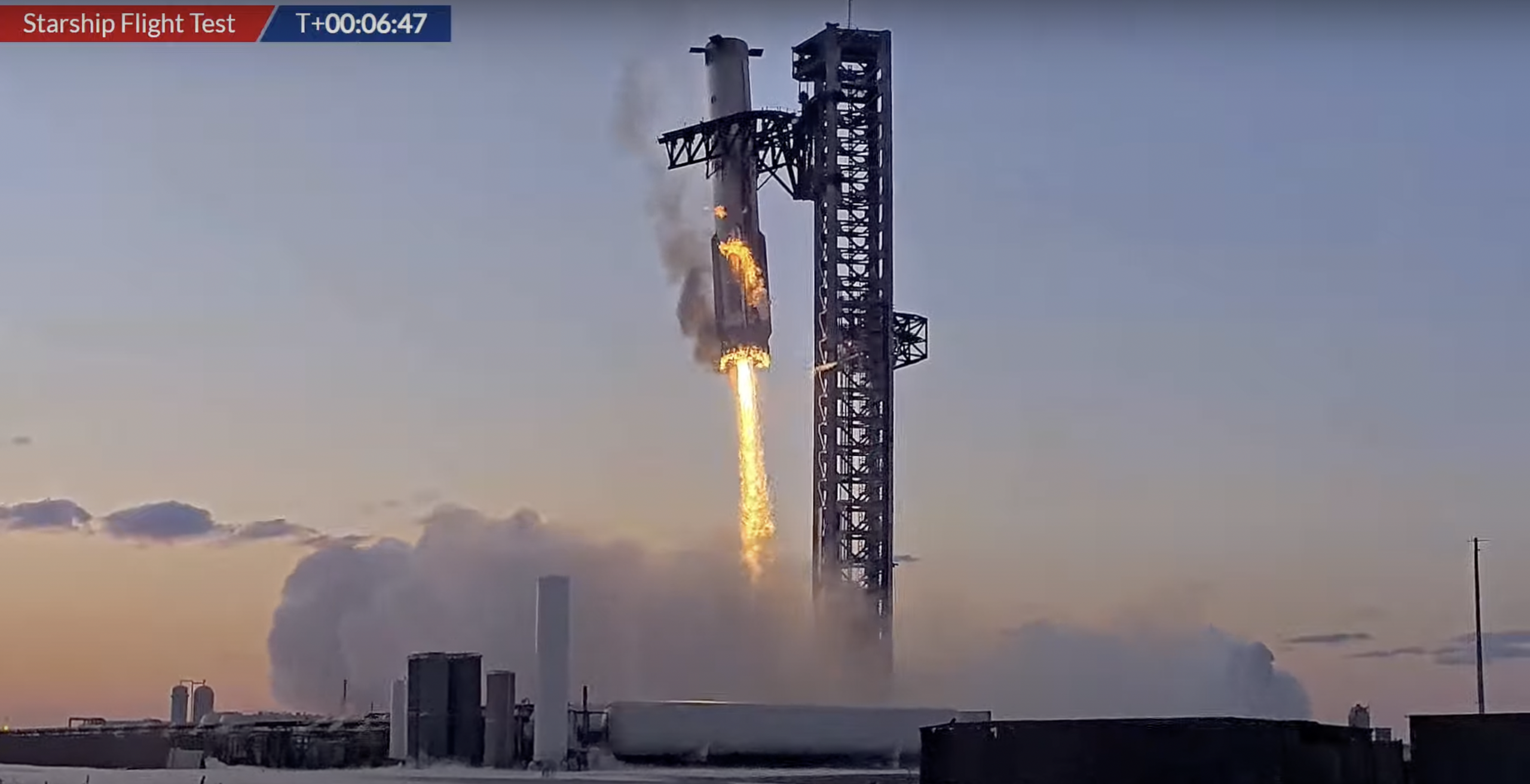
The moment the robot arm captures the Super Heavy rocket
SpaceX has been able to recover boosters from smaller Falcon 9 rockets after satellite and spacecraft launches for the past nine years. However, those boosters have previously landed on floating platforms at sea or concrete platforms on the ground, not directly at the launch site and “caught” like this time.
The Starship spacecraft is expected to fly over the Indian Ocean, west of Australia, and will re-enter the atmosphere before falling into the water.
Starship is the spacecraft chosen by the US government to return astronauts to the moon as early as 2026.
Source: https://thanhnien.vn/ngoan-muc-khoanh-khac-spacex-tom-ten-lua-day-sau-khi-phong-phi-thuyen-starship-185241013200544421.htm







![[Photo] Binh Trieu 1 Bridge has been completed, raised by 1.1m, and will open to traffic at the end of November.](https://vphoto.vietnam.vn/thumb/1200x675/vietnam/resource/IMAGE/2025/10/2/a6549e2a3b5848a1ba76a1ded6141fae)
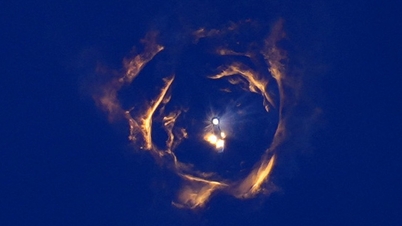



































































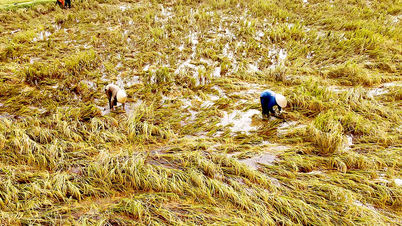

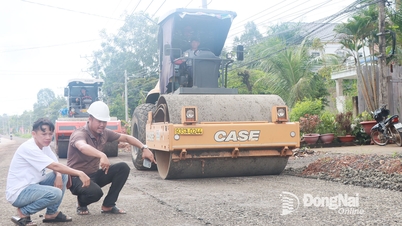


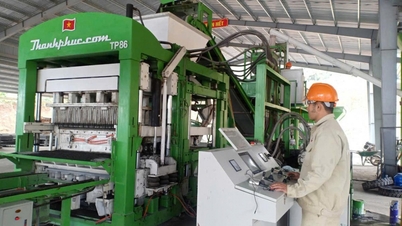













Comment (0)